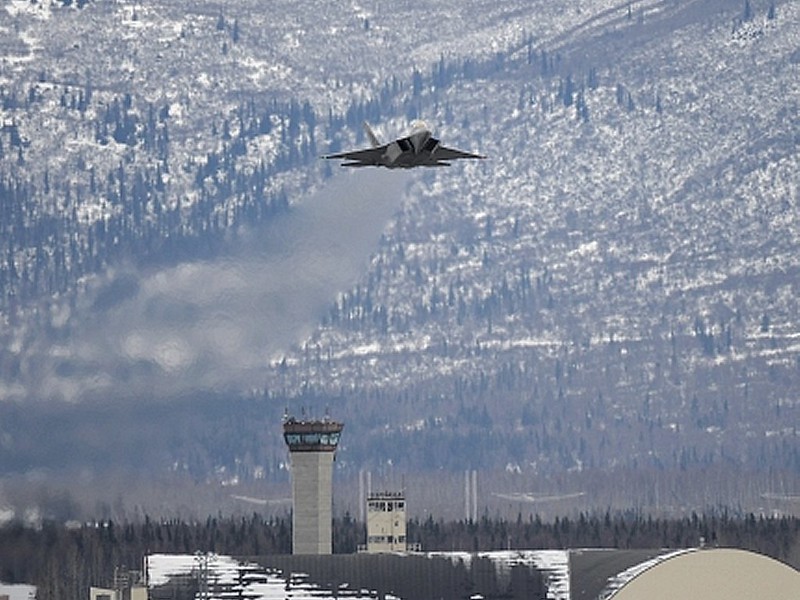looks like we missed this on the thread:
The Yasen Class are going to be very capable, very advanced submarines that are actually a Hybrid...a multi-role nuclear submarine combining the SSN and SSGN roles into a single sub.
And it will be very capable at both.
This class of boats is not only Russia's most capable nuclear attack sub, it is the world's most expensive one. The first one cost close to $2 billion dollars, and the second, which was started in 2009 and should be launched this year, is projected to cost almost $ 3.5 billion. More than any other SSN to date.
It took a total of 17 years to build and was ginally launched in 2010. It then has taken another almost four years to get it into service with the Russian Navy.
It has VLS tubes for thirty-two cruise missiles, and has ten torpedo tubes that can launch a varierty of torpedoes, mines and more missiles...40 more weapons altogether. That's a total of 72 weapons...a very large load.
As stated, the second boat, the Kazan, started building in 2009 and should launch this year. The third, Novosibirsk, started building in 2013, and the fourth, the , was expected to be laid down right now, in June 2014.
Specs for the Yasen Class:
Displacement: 13,000 tons
Length: 390 ft. (120 m)
Beamt: 50 ft. (15 m)
Draft: 27.3 ft (8.4 m)
Speed:
- 20 knots surfaced
- 28 knots submerged (Quiet)
- 35 knots submerged (Max)
Depth: 1,950 ft (600 m) (Test)
Crew: 90 (32 officers)
Armament:
- 32 x VLS Cells
- 08 x 650mm torpedo tubes
- 02 x 533mm torpedo tuibes
As stated:
- Thirty two Cruise missiles, Anti-ship missiles, or anti-submarine missile for VLS tubes
- Forty torpedos, anti-ship missile, anti-submarine missiles, or mines for torpedo tubes.
By comparison, the US Navy has four SSGN nucler submarines that are converted Ohio class SSBN subs. Each of these is capable of launching 154 Tomahawk cruise missiles. but they will begin to be decommissioned in the 2020s and the US Navy has decided, rather than replace them, to modify its own build of future Virginia class SSNs and make them muliti-role as well, like the Yasen.
In order to do this, starting with the Block V boats in 2019, a large plug will be added to the Virginia class boats behind the island, adding almost 100 feet to its length. Within this new section, four Virginia Payload Modules (VPMs) will be added along the centerline, each capable of carrying seven more Tomahawk cruise missiles. These 28 missiles, when added to the 12 VLS tubes located forward on all Virginia Class subs, will allow those future boats to carry 40 cruise missiles each, while continuing with their four 533mm torpedo tubes and additional 27 weapons. So the Block V boats will carry a total of 67 weapons.
This is more than the largest warload carried by any US Navy SSN to date, the sea wolf subs, of 50 warloads.
Specs of Flight V Virginia Class
Length: 480 ft
Beam: 34 ft
Displacement: 11,000 tons
Speed:
- 25 knots surfaced
- 32 knots submerged (Max)
Crew: 134
Propulsion: GE S9G Nuclear Reactor, 30Mw, 1 shaft
Max Depth: Greater than 1,000 ft.
Armament:
- 40 x VLS Tomahawk Missiles
- 4 X 533mm Tubes for 27 ADCAP Mk48 Torpedos, MK 60 Captor Mines, & Sub-Harpoon missiles.
A total of 67 weapons.
but how would the Russians know what type of airplane was going to intercept??







